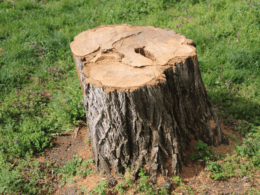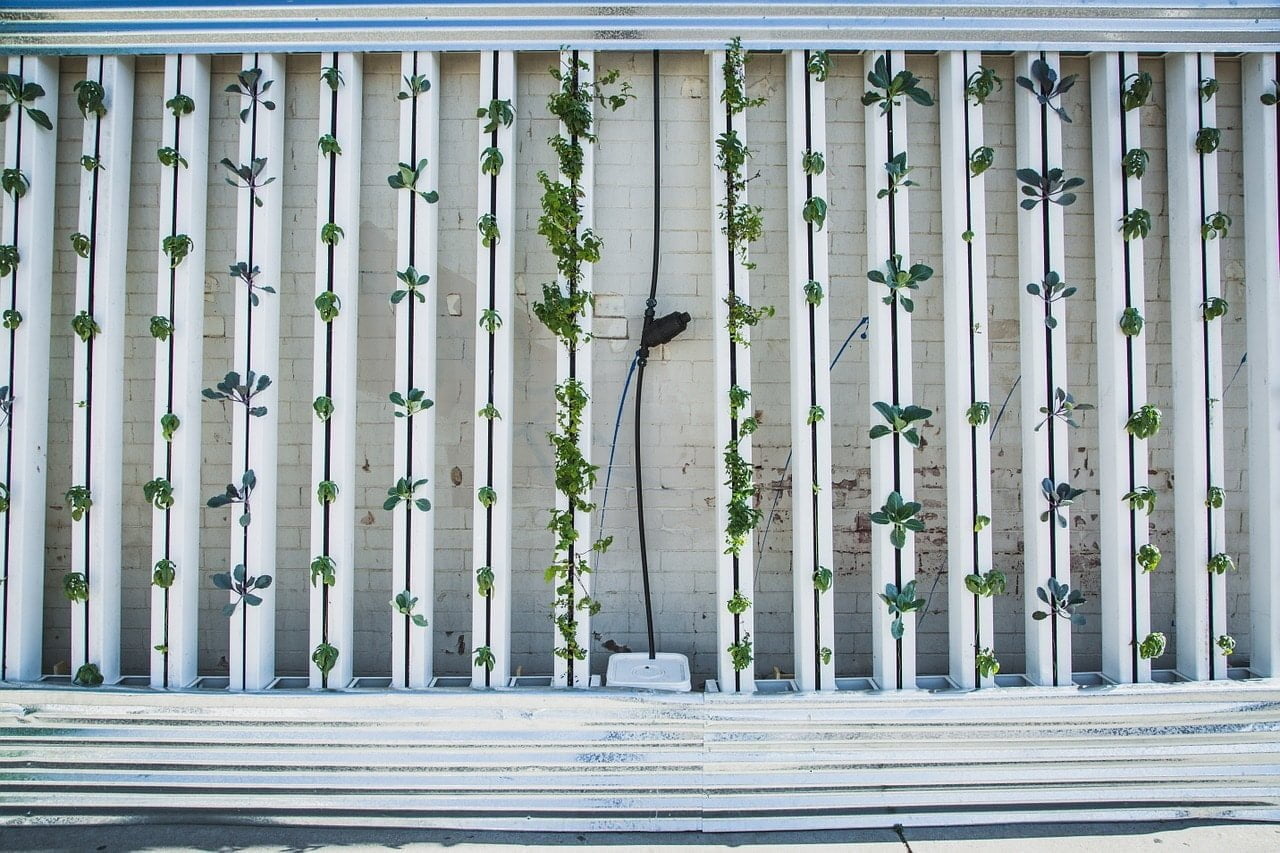Do you want to make your compost pile more eco-friendly and efficient? Look no further than your own yard! Pine needles may seem like a pesky nuisance, but they can actually be a valuable addition to your compost.
Contrary to popular belief, pine needles do not make compost too acidic, and they can even help improve aeration and moisture retention. By composting pine needles, you can reduce your yard waste and create a nutrient-rich soil amendment for your garden or plants. Plus, it’s a great way to recycle materials that would otherwise end up in a landfill.
In this article, we’ll explore the benefits of using pine needles in compost, debunk some common myths, and provide tips for incorporating them into your composting routine. So, if you’re looking for a simple and sustainable way to enhance your garden, keep reading to learn more about the surprising composting ingredient: pine needles!
Quick Takeaways
- Pine needles can be composted and make fantastic compost when combined with other ingredients.
- The myth that pine needles make compost too acidic is not valid, with several studies showing that during the decomposition process, the high acidity of fresh needles drops to neutral levels of around 6.5 pH.
- Pine needles keep compost aerated, which increases heat and decomposition, and wick and hold moisture to keep the compost pile from getting soggy.
- Homeowners with pine trees can compost pine needles and help lessen the local landfill load, and those with lots of pine trees can create separate pine needle compost piles that they ignore for a year or so before using the finished material as a direct soil amendment in the garden.
Benefits of Composting Pine Needles
You can benefit from composting pine needles as they’re an excellent high carbon ingredient that helps reduce landfill load and recycle yard waste.
Pine needles are readily available and are lightweight and easy to work with. They also keep the compost aerated, which increases heat and decomposition, and wick and hold moisture to keep the compost pile from getting soggy.
Composting pine needles can also help maintain carbon balance and soil health. Pine needles are a brown or carbon compost ingredient that provides the necessary structure for the compost to break down efficiently. While they offer very little nutrients, they make fantastic compost when combined with other ingredients.
By composting pine needles, you’re also doing your part to help the environment by reducing waste and creating a valuable resource for your garden.
How to Compost Pine Needles
Chop the dry, brown material into smaller pieces and mix it with other high-nitrogen ingredients to create a hot compost pile. This will speed up the decomposition process and help break down the tough fibers within the pine needles.
It’s important to mix the pine needles with other ingredients like grass clippings, manure, or coffee grounds to provide the composting microbes with enough nitrogen to break down the carbon-rich pine needles.
Before adding the pine needles to your compost pile, it’s a good idea to test the pH levels to ensure they won’t make the compost too acidic. You can easily do this with an affordable pH tester, which is available for home and garden use.
If the pH levels are too low, you can add some lime to raise them. With some patience and the right ingredients, you can turn a pile of pine needles into nutrient-rich compost for your garden.
Can Pine Needles Be Used as a Substitute for Manure or Fertilizer in Composting?
When considering compost vs manure vs fertilizer, the use of pine needles as a substitute is worth exploring. While pine needles provide nutrients and help retain moisture, they decompose slowly due to their high carbon content. To optimize the composting process, it is recommended to mix pine needles with nitrogen-rich materials like grass clippings or kitchen scraps.
Myths About Pine Needles and Composting
Don’t believe the myths about pine needles making compost too acidic. While fresh needles have a high acidity level, several studies have shown that during the decomposition process, the pH drops to neutral levels of around 6.5. This means that pine needles will not adversely affect compost pH, making them a great addition to your compost pile.
Comparing pine needles to other carbon compost ingredients, there are pros and cons. Pine needles are lightweight and easy to work with, and they keep the compost pile aerated, which increases heat and decomposition. However, they take a long time to break down naturally, and fresh needles can slow down composting microbes. If you want to speed up the process, you should chop them first to jump-start decomposition or mix them with high-nitrogen ingredients.
Keep in mind that pine needles typically add few nutrients to the compost, and you may have more needles than you can add at any given time. Despite these drawbacks, composting pine needles is still a great way to recycle yard waste and reduce landfill load. And with the myths about their acidity busted, you can confidently add them to your compost pile.
Tips for Using Pine Needles in Compost
Mixing high-nitrogen ingredients like coffee grounds and fresh grass clippings with carbon-rich materials such as pine needles can provide composting microbes with the necessary energy to break down the tough fibers within the pile. To jump-start decomposition and lower the pile’s size, consider chopping the pine needles first before adding them to the compost.
Hot composting works better to break down pine needles, so mix them with a batch of ‘hot’ green ingredients. Turning the compost every two to five days is best when trying to break down pine needles. A quality compost thermometer allows you to monitor the internal temperature so you can maintain the 130-degree Fahrenheit temperature necessary to decompose the needles fast.
When using pine needles in compost, it is essential to remember that they take a long time to break down naturally. To speed up the process, consider using hot composting techniques. If you want faster results, you may need to do extra work before adding pine needles to the compost. For example, if the pine needles are very dry, consider giving them an overnight soak in a large trash can.
Despite these challenges, pine needles are an excellent high-carbon ingredient that keeps compost aerated and wicks and holds moisture to keep the pile from getting soggy.
Alternative Uses for Pine Needles
You can repurpose fallen pine needles from your yard by using them as mulch around your plants and trees. Pine needles make excellent mulch because they’re lightweight, easy to spread, and won’t compact like other mulch materials. They also help regulate soil temperature, retain moisture, and suppress weed growth.
To use pine needles as mulch, spread them in a layer about two to three inches thick around the base of your plants and trees. Make sure to keep the needles away from direct contact with the plant stems or trunks to avoid moisture buildup and potential rot. You can also mix pine needles with other organic materials like grass clippings, leaves, and wood chips for added nutrient benefits.
In addition to mulching techniques, you can also use pine needles for crafts like wreaths, baskets, and even holiday decorations. With a little creativity and imagination, you can turn these natural materials into beautiful and unique creations for your home or garden.
Frequently Asked Questions
Can pine needles be used as a mulch for vegetable gardens?
Yes, pine needle mulch benefits vegetable gardens. Best practices for using pine needles in gardens include laying the needles in a thin layer, avoiding direct contact with plant stems, and replenishing the mulch as needed to retain moisture and suppress weeds.
Are there any safety concerns when composting pine needles?
When composting pine needles, potential safety concerns include the risk of fire if the needles are too dry, and the potential for acidic soil if too many needles are used. Use caution and balance with other compost ingredients.
How do pine needles compare to other carbon-rich compost ingredients, such as dried leaves or sawdust?
When it comes to carbon-rich compost ingredients, pine needles offer unique benefits. They’re readily available, lightweight, and aerate your pile. Pine needle composting tips include chopping them first and mixing with high-nitrogen ingredients for faster decomposition.
Are there any specific types of pine trees that produce better composting needles?
The best pine varieties for composting are those with shorter needles, such as white pine and Scots pine. Pine needle acidity effects are not significant, but it is best to use dried needles for composting.
Can pine needles be used in vermicomposting (composting with worms)?
Using pine needles in vermicomposting has its challenges due to its tough fibers, which can harm the worms. Instead, consider alternative carbon sources like shredded paper or cardboard. However, pine needle benefits are their availability and as a mulch for plants.







